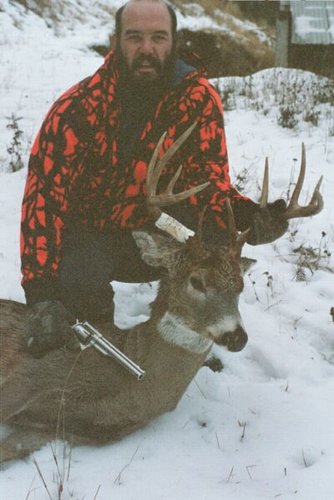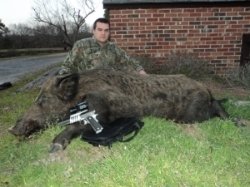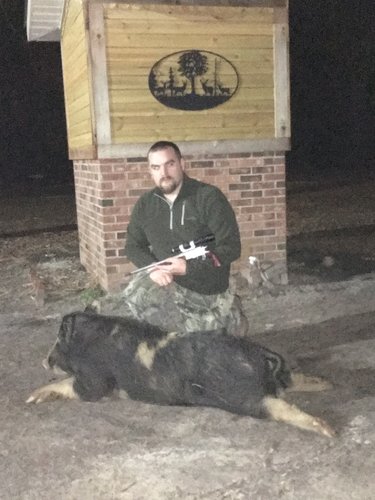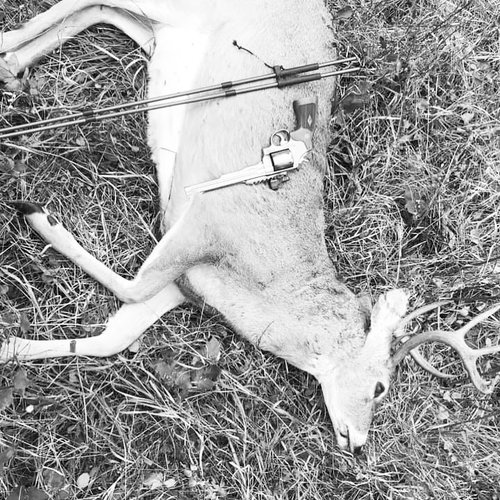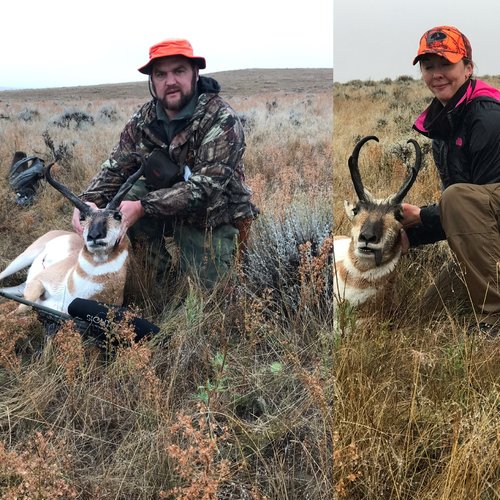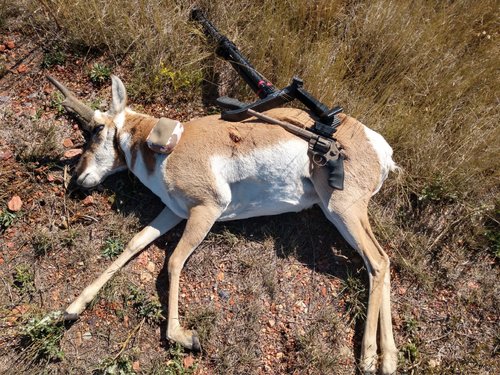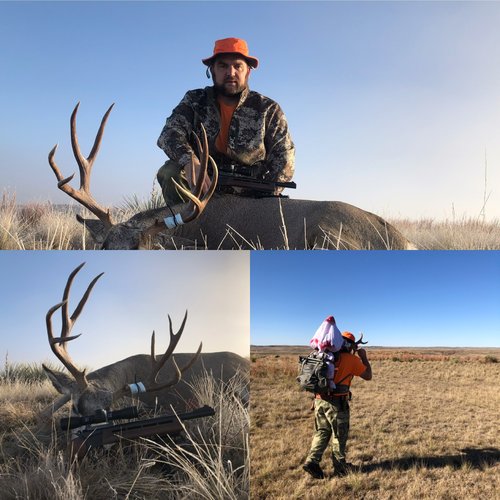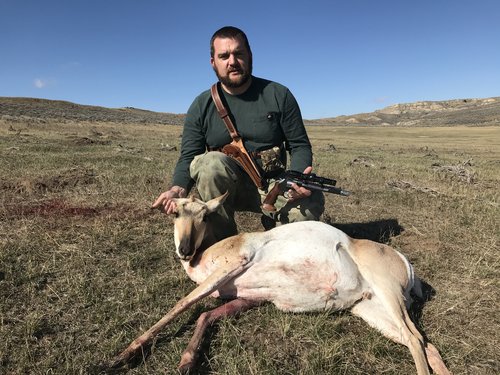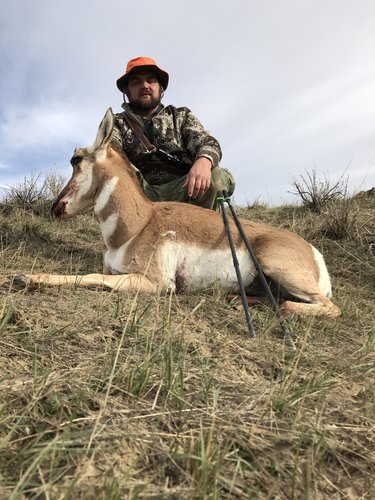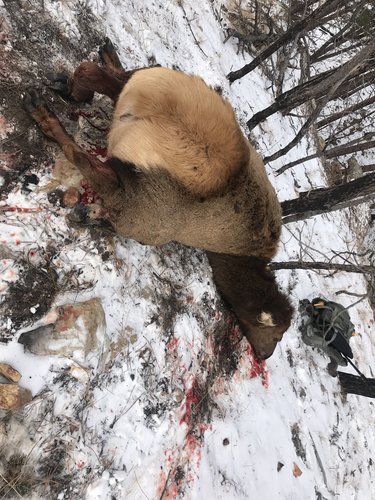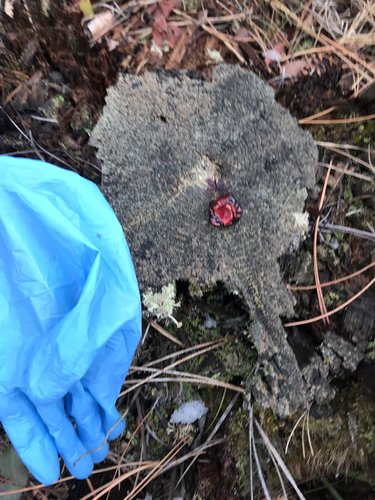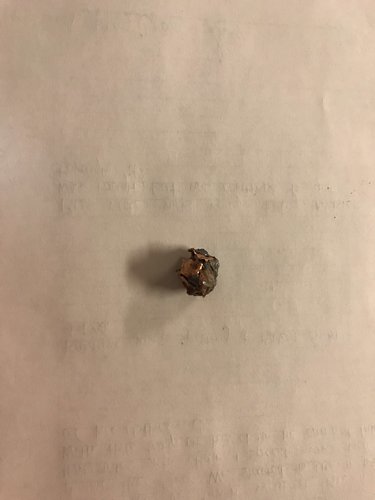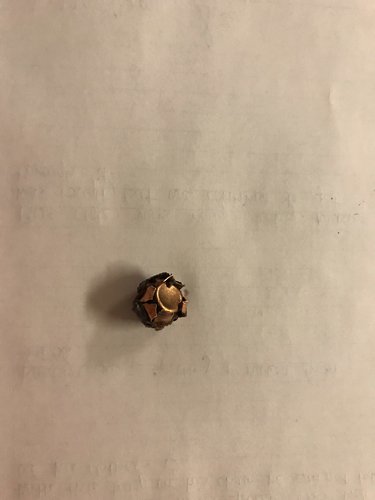HandgunHunter
Well-known member
You can not compare just bullet weights...if statements like big and slow will do more damage than lighter or nominal weight.
You would have to include bullet nose design, expansion velocities, materials and so on.
in general a HP bullet causes more trama than a lead WFN.
using 44 magnum as an example.
a 240 grain quality hollow point going 1275 fps average will do a whole heck of a lot more damage and result in a whole lot more trama than any 300ish grain bullet going around 1000 fps.
I’m no expert....just a dedicated only handgun hunter...
You would have to include bullet nose design, expansion velocities, materials and so on.
in general a HP bullet causes more trama than a lead WFN.
using 44 magnum as an example.
a 240 grain quality hollow point going 1275 fps average will do a whole heck of a lot more damage and result in a whole lot more trama than any 300ish grain bullet going around 1000 fps.
I’m no expert....just a dedicated only handgun hunter...





